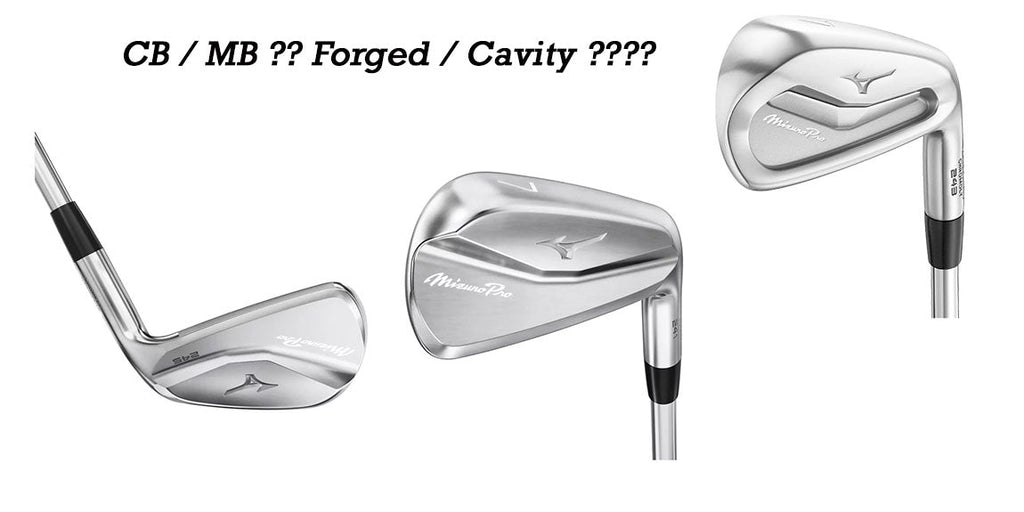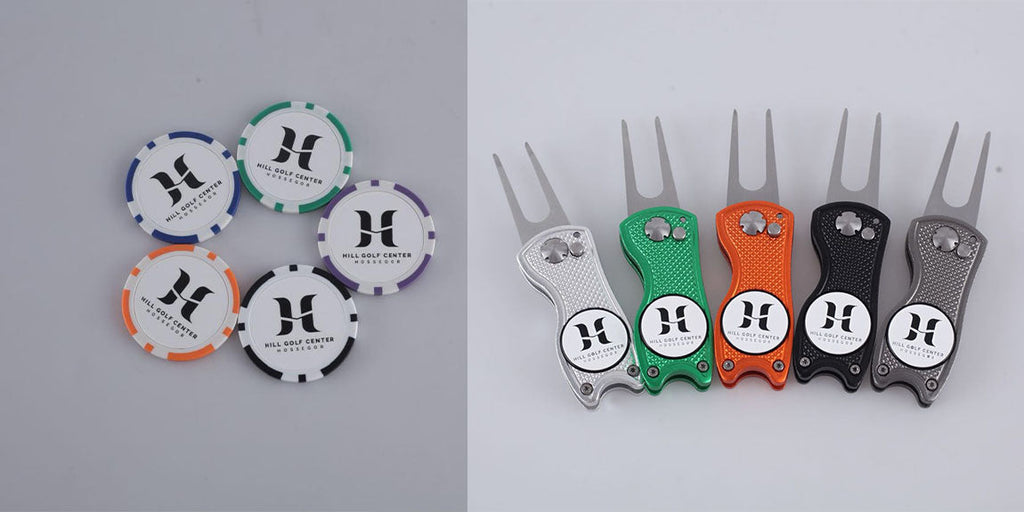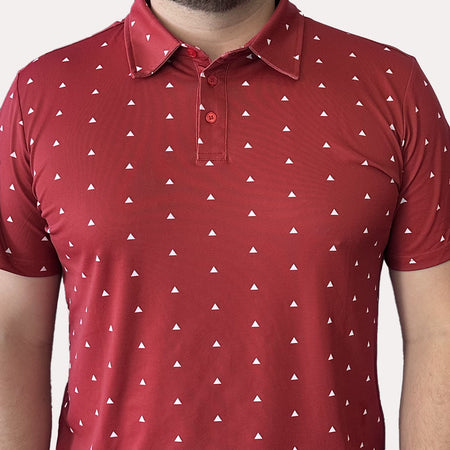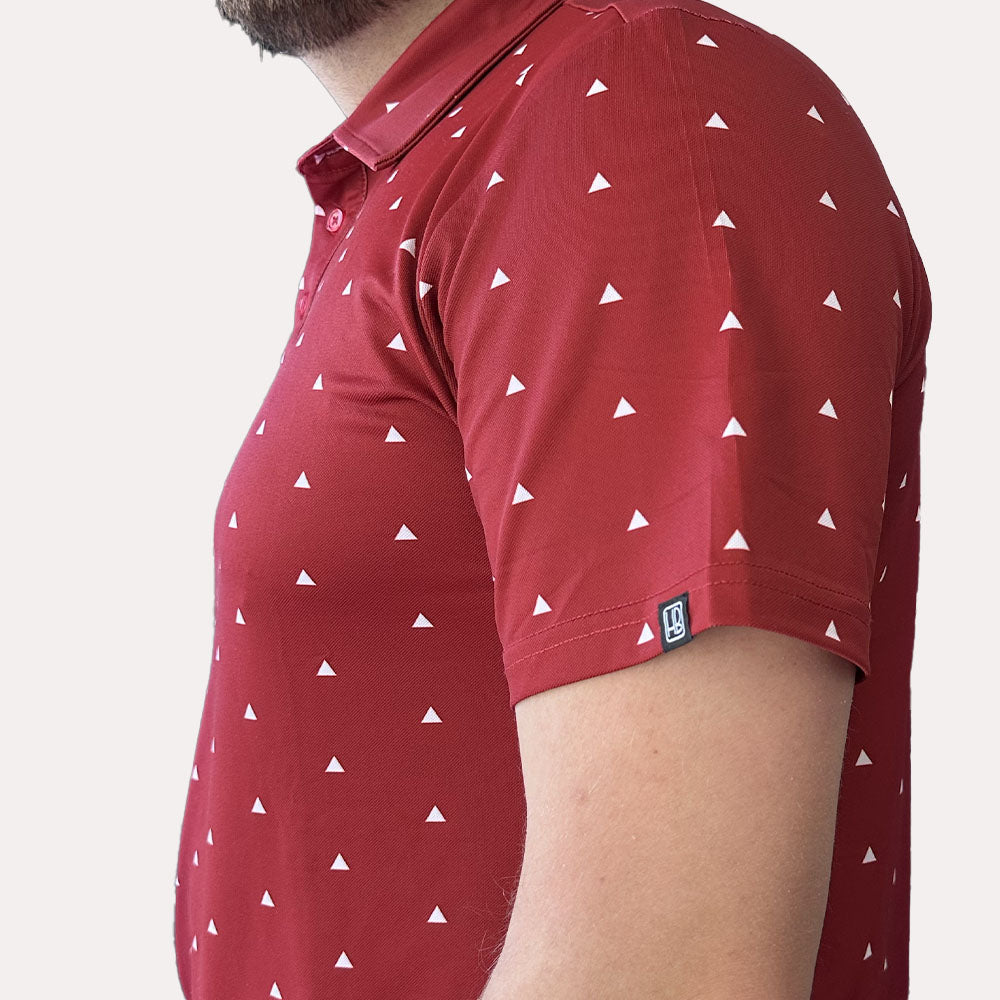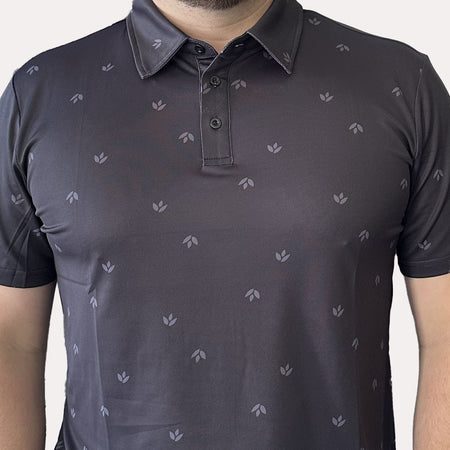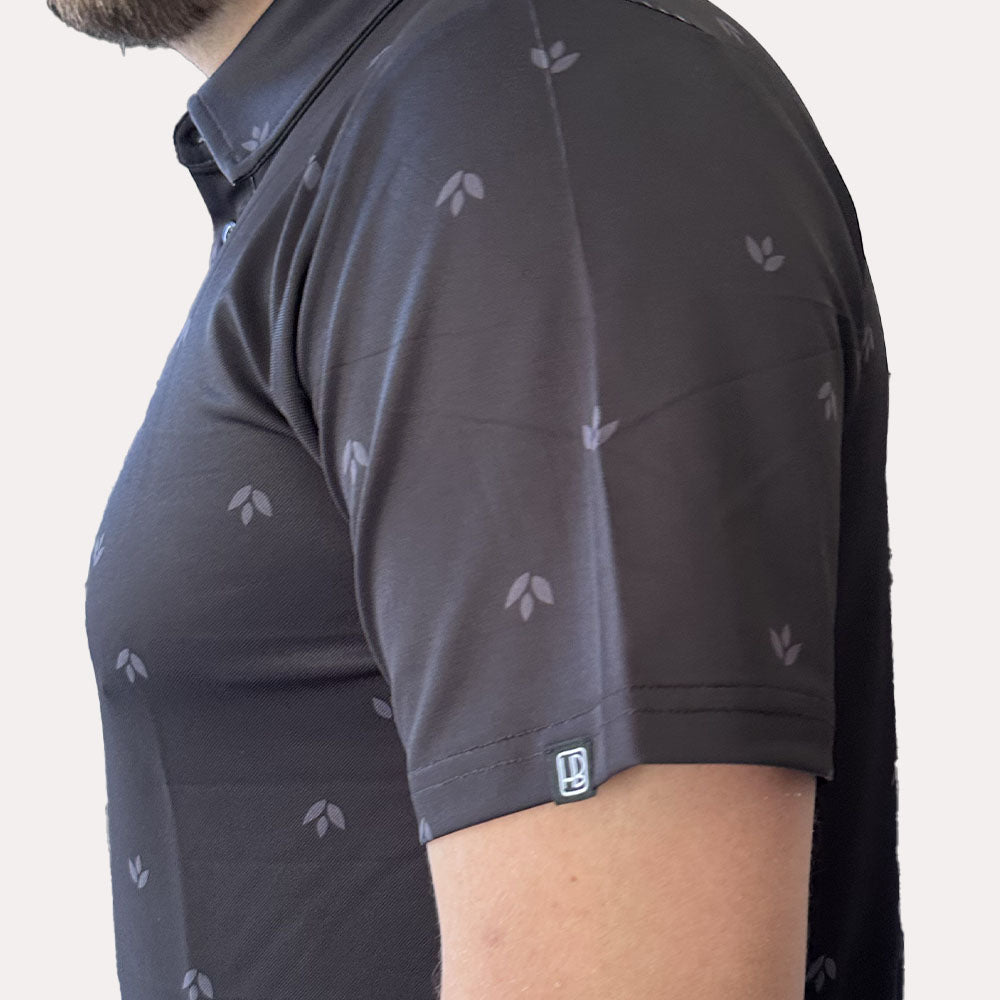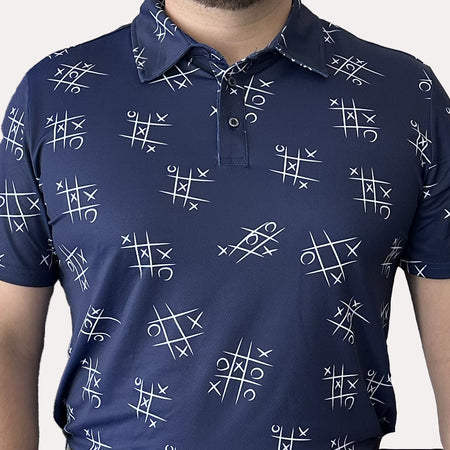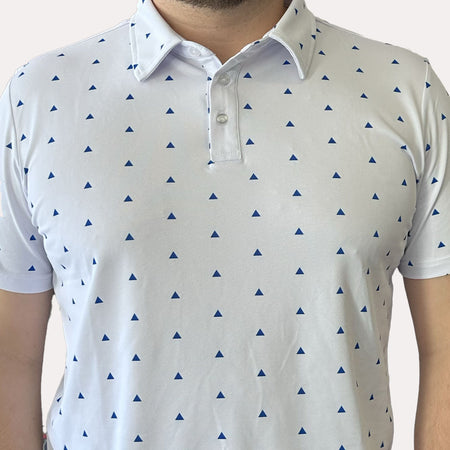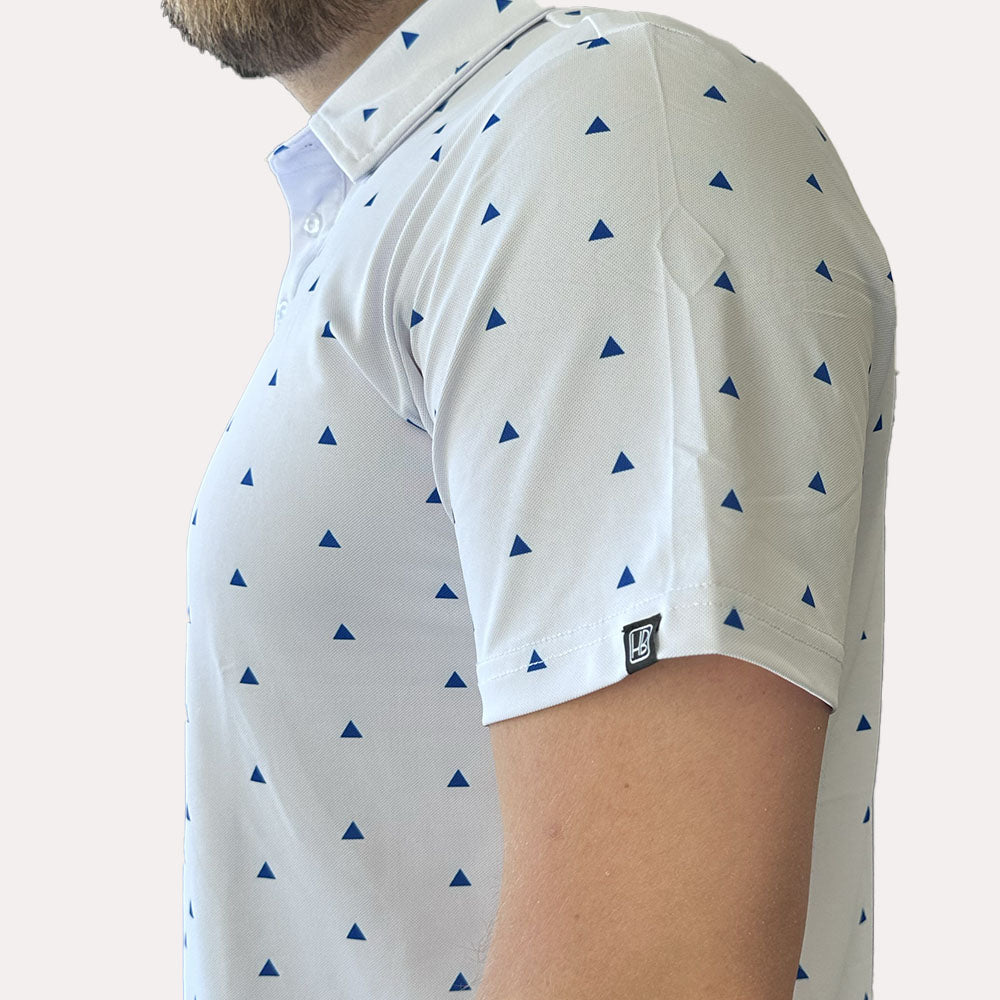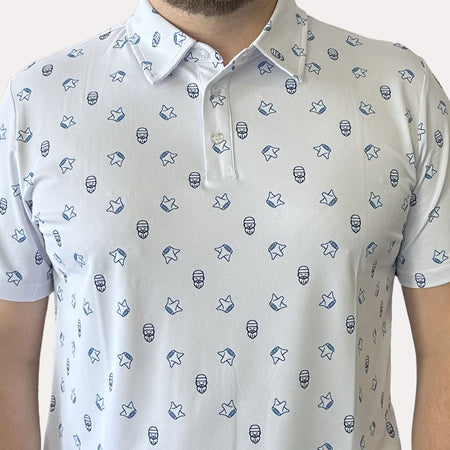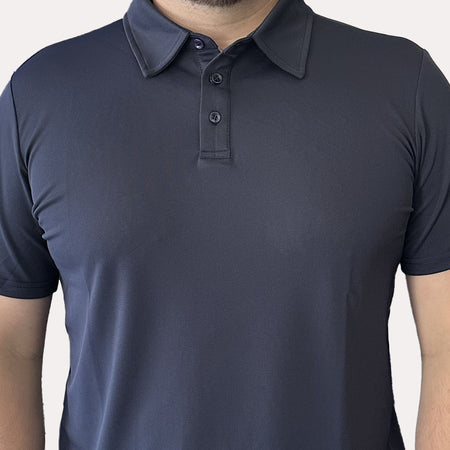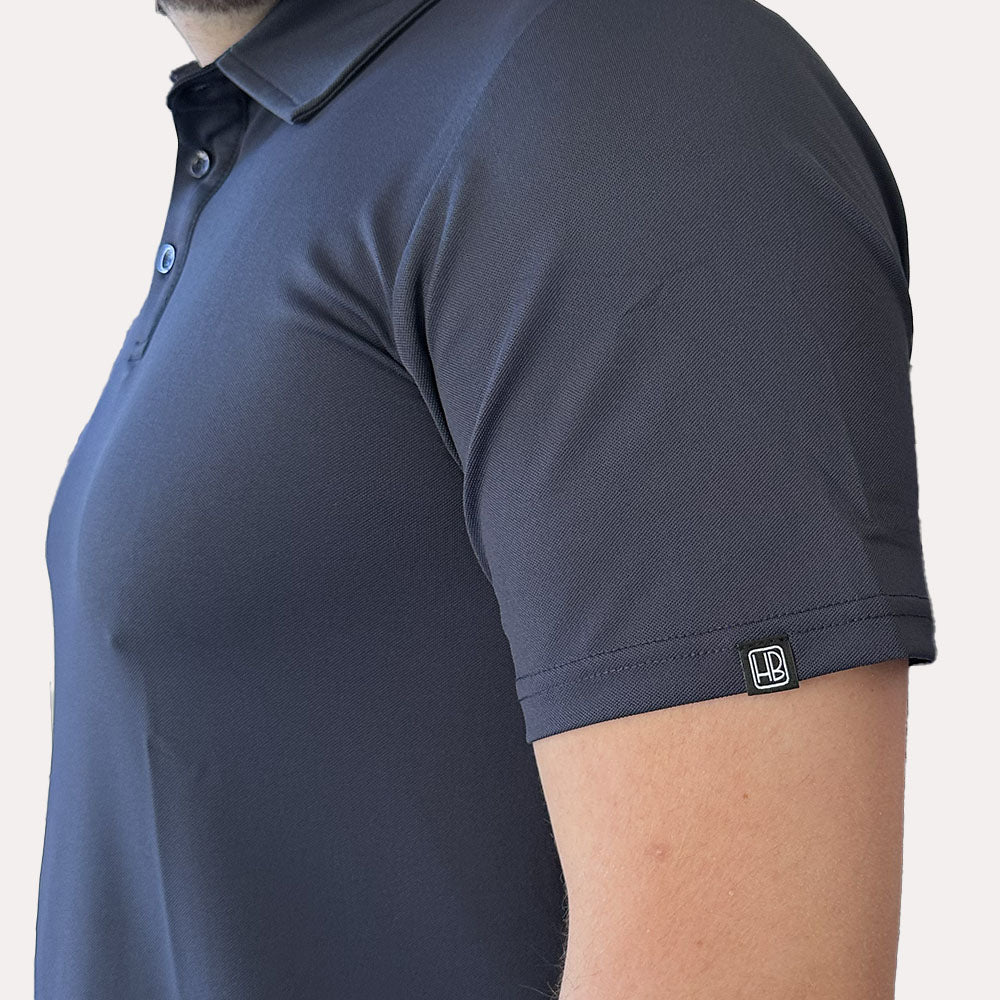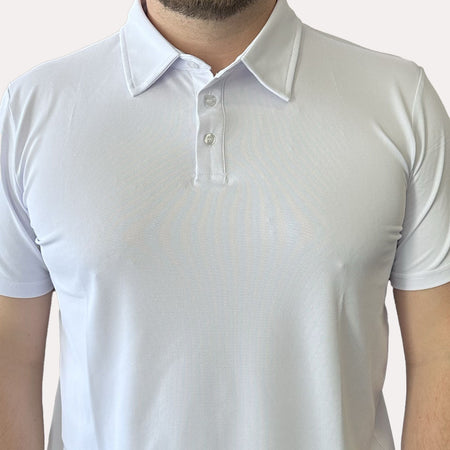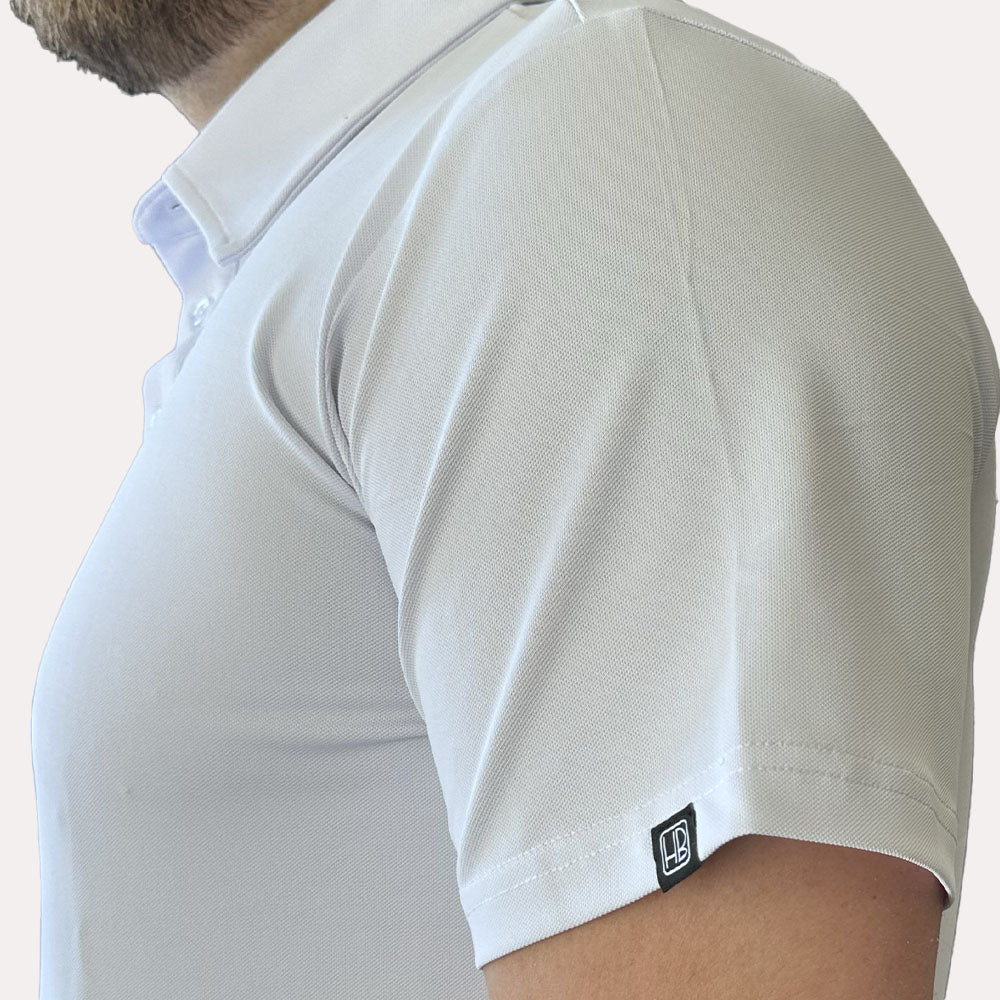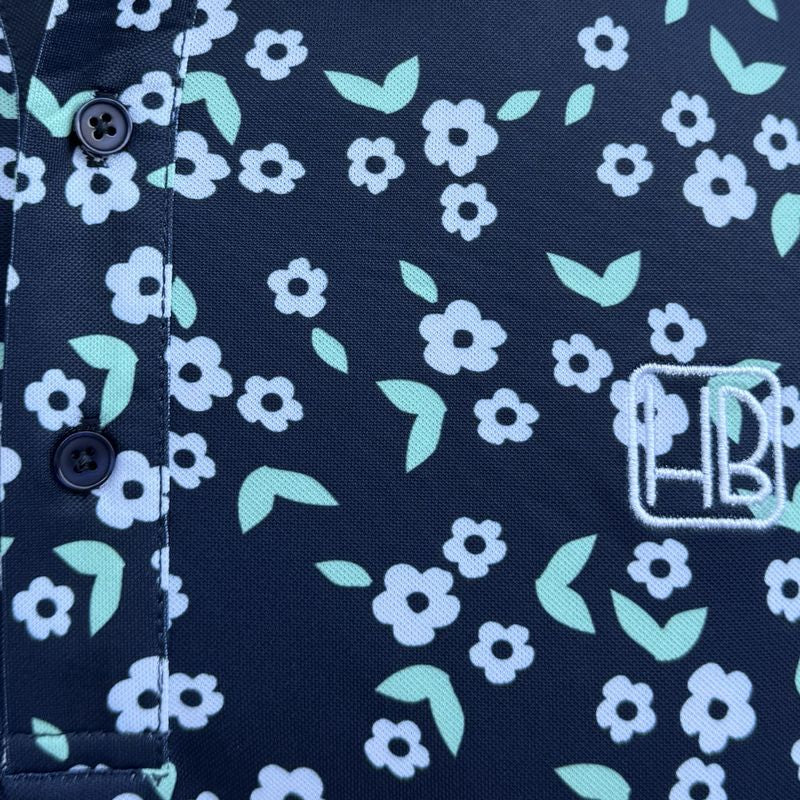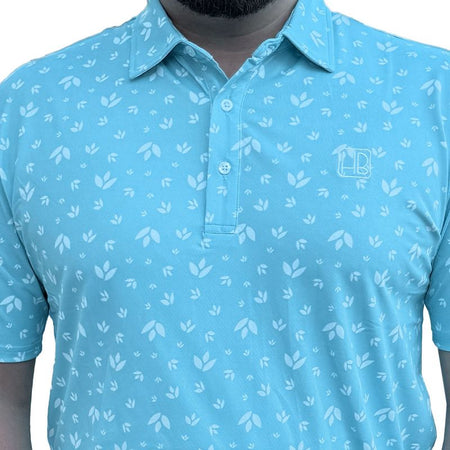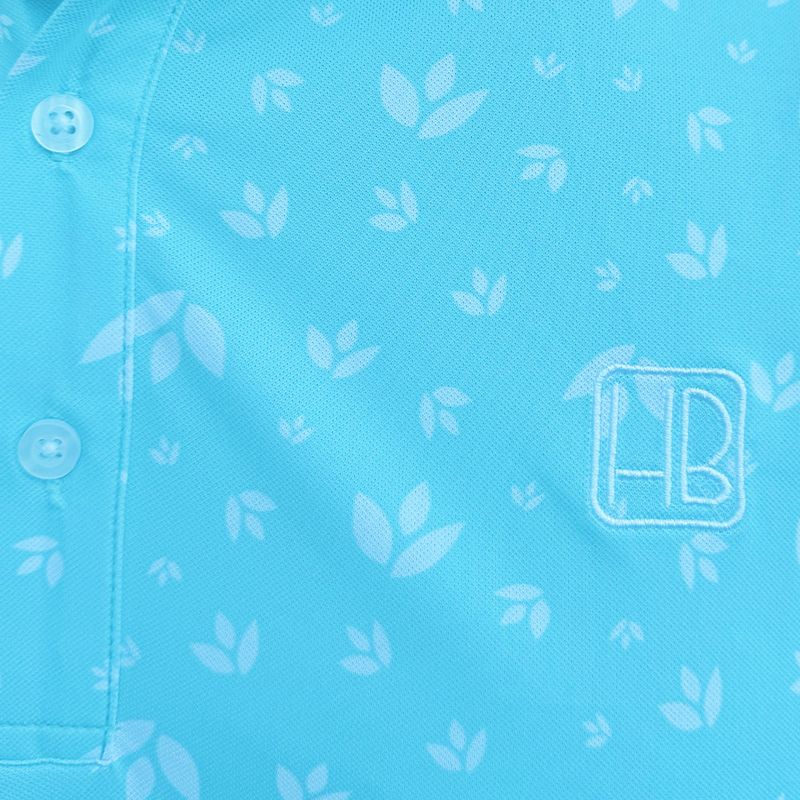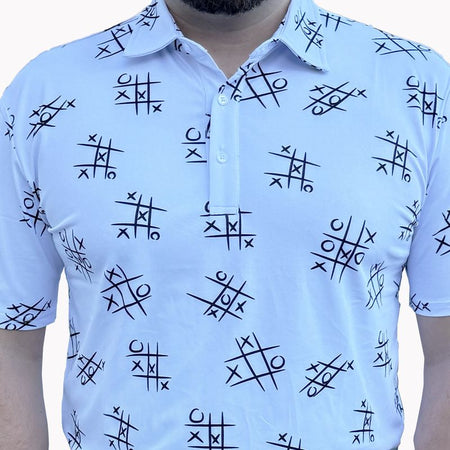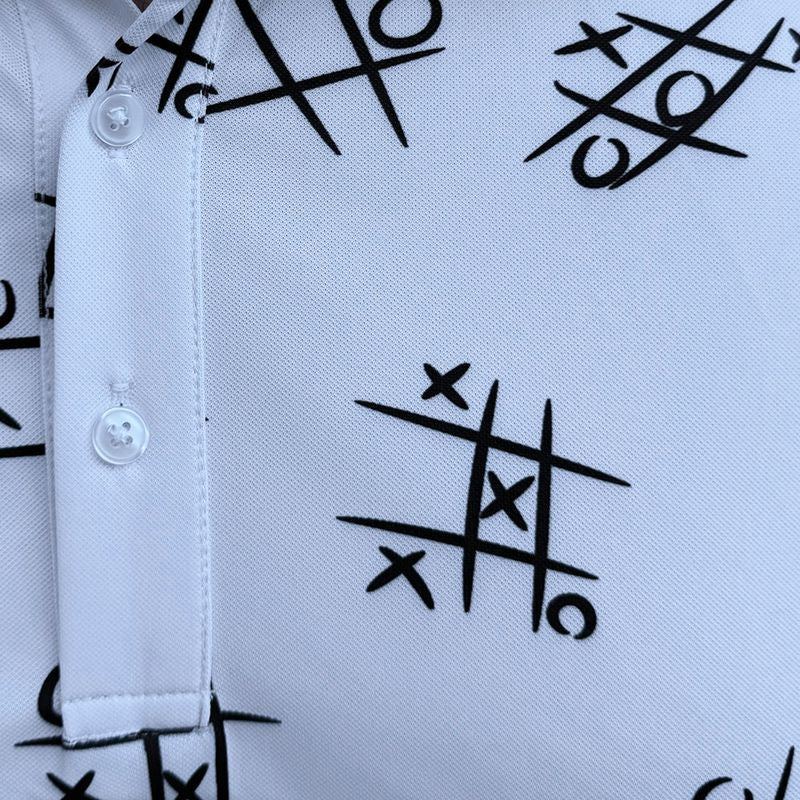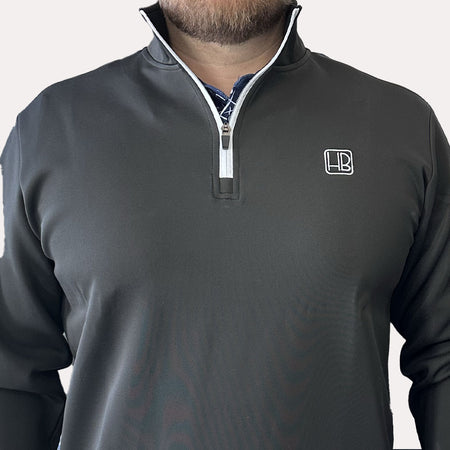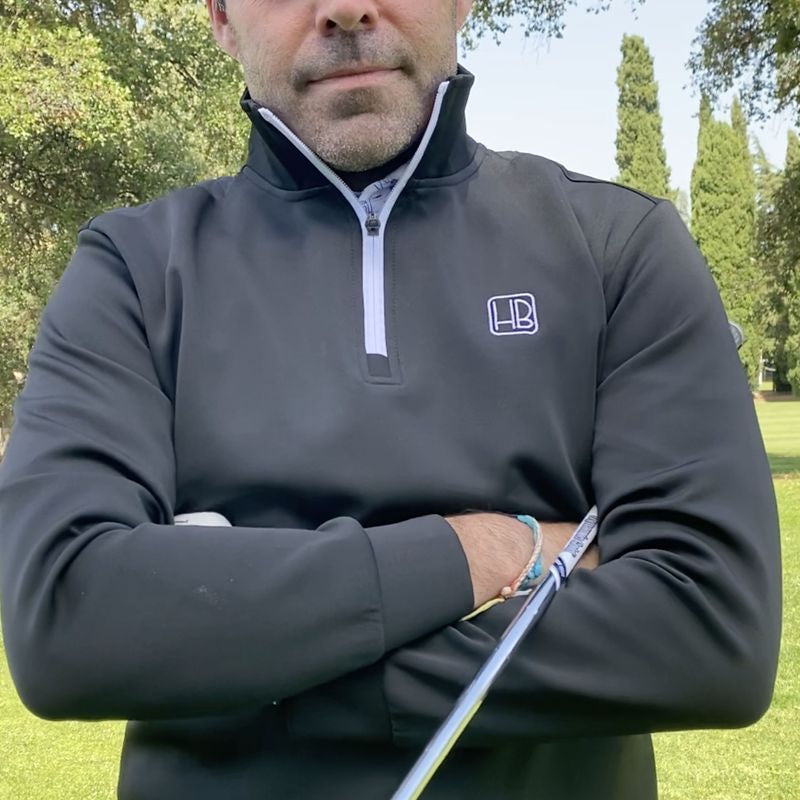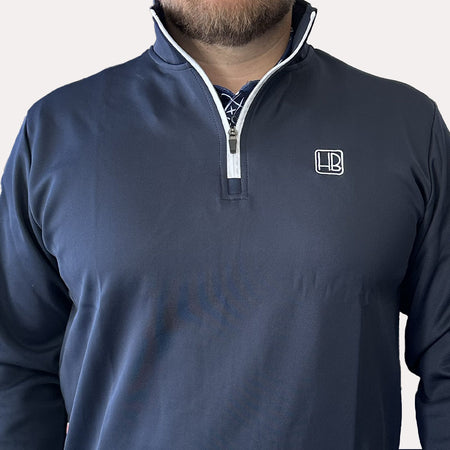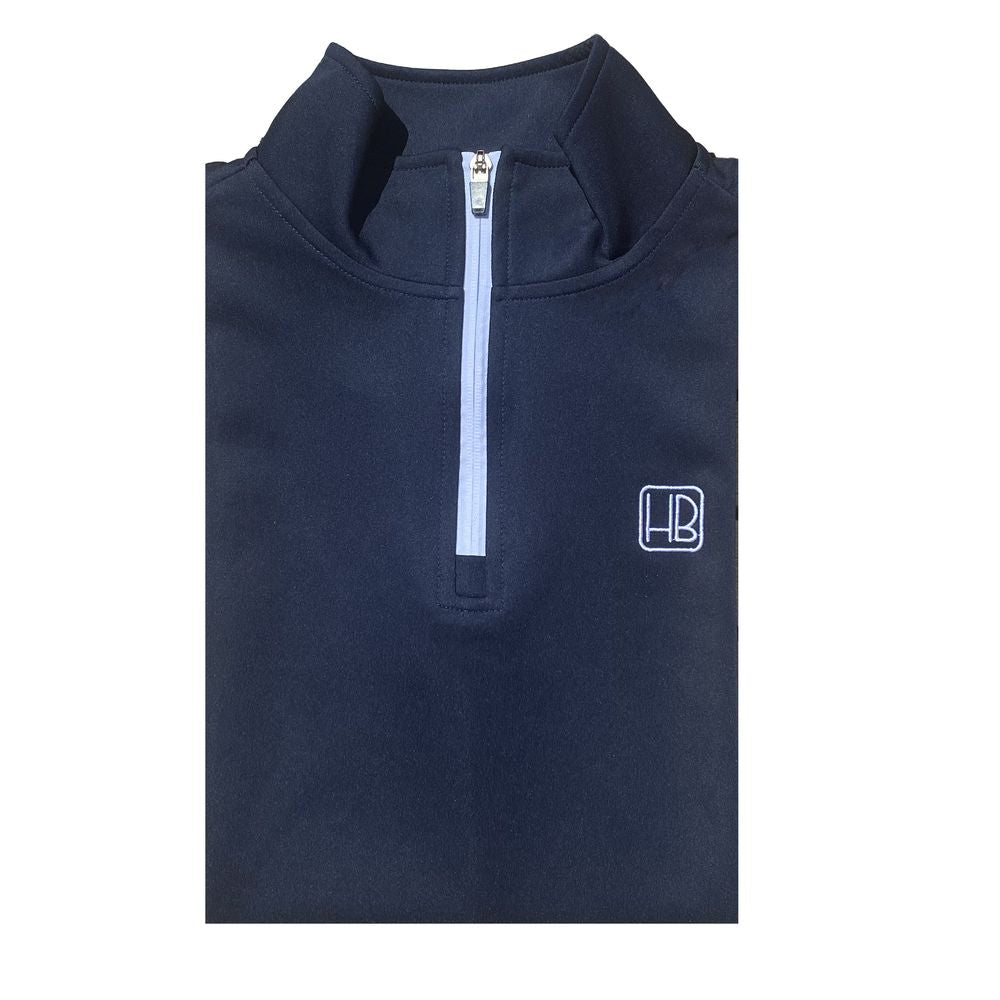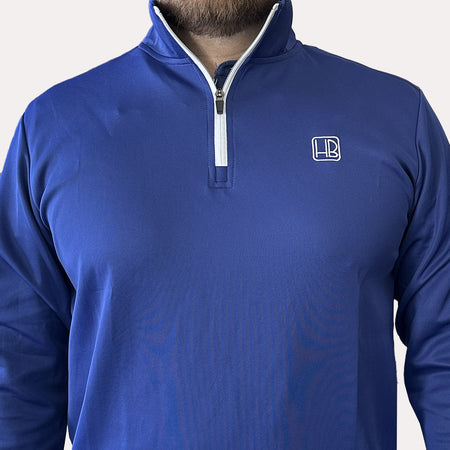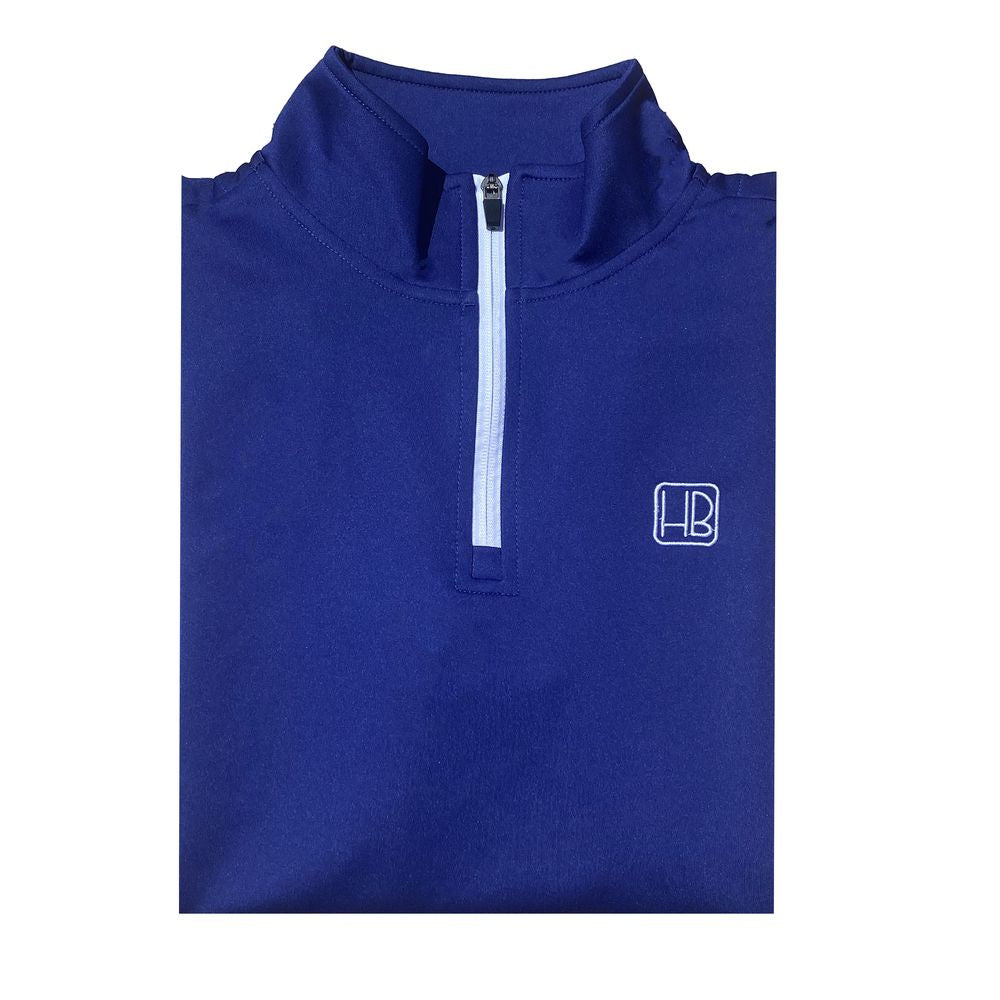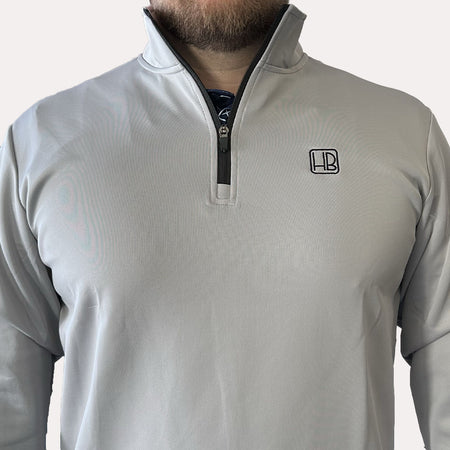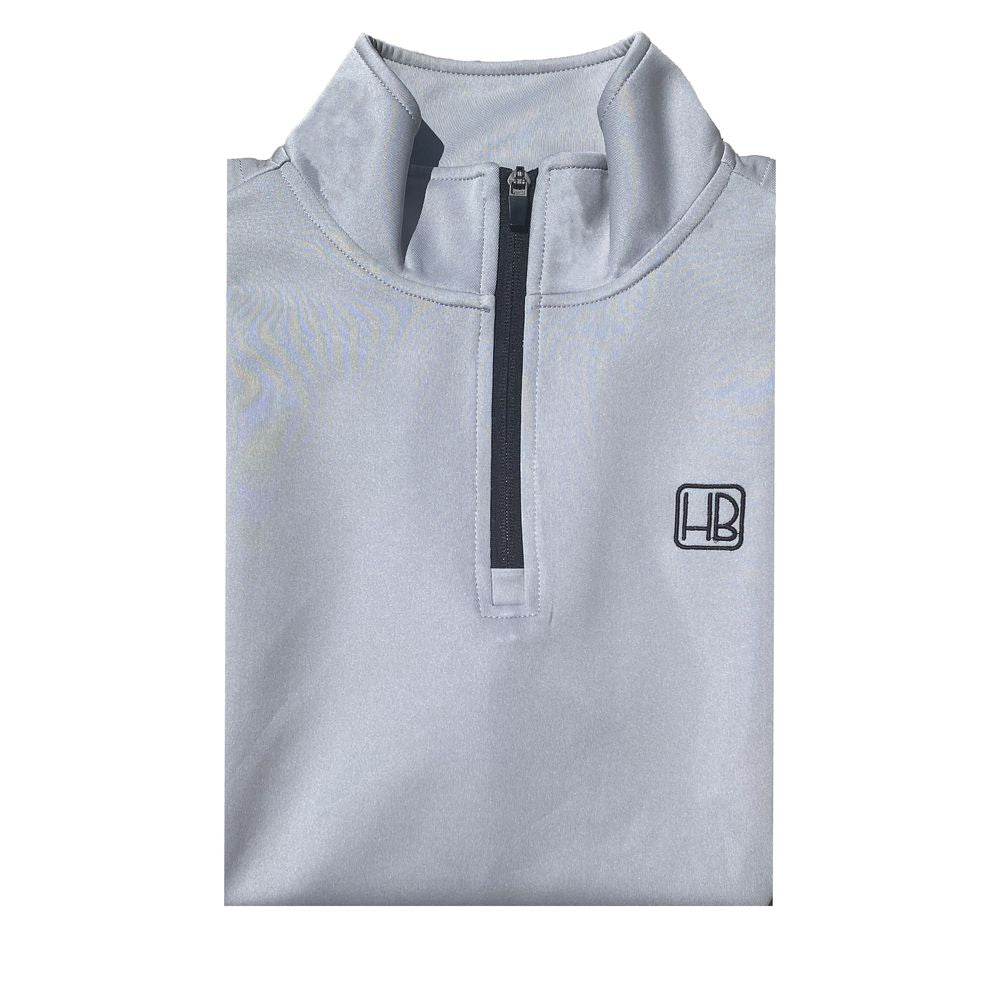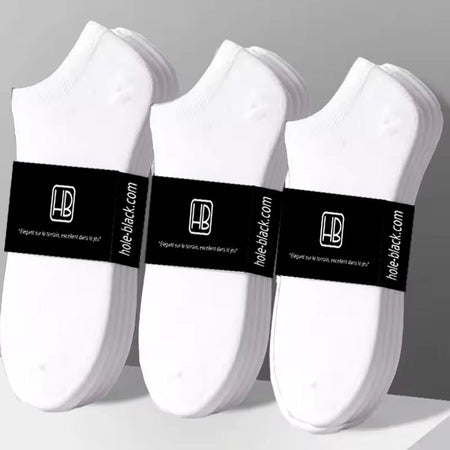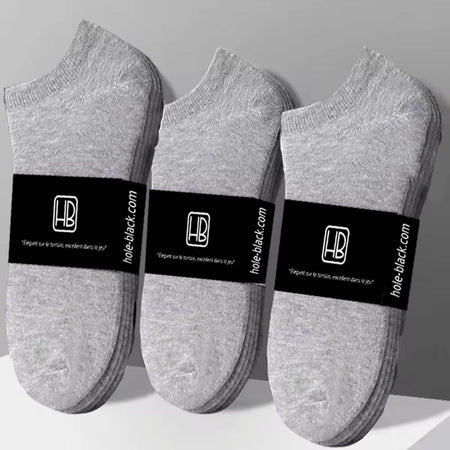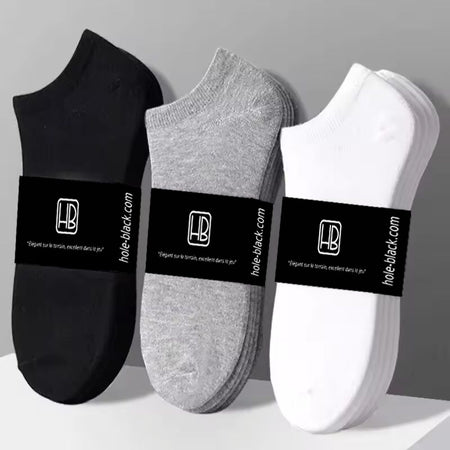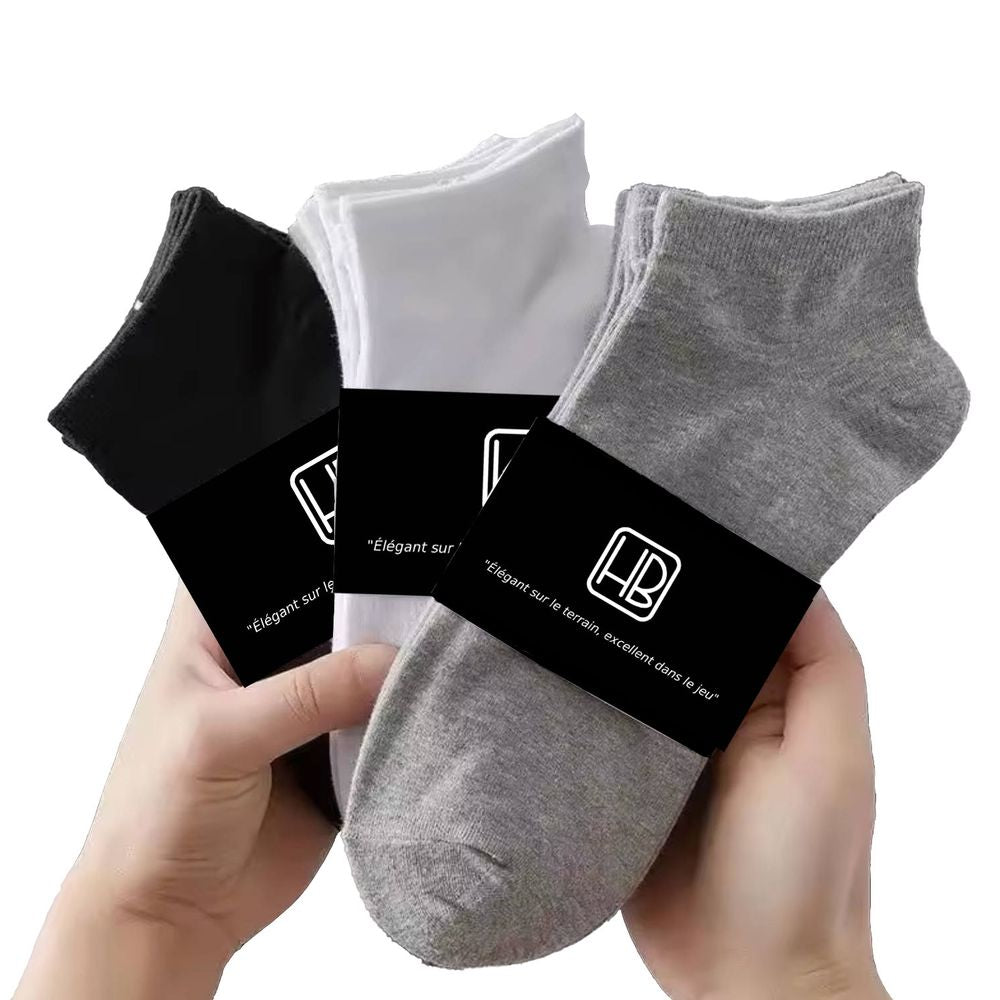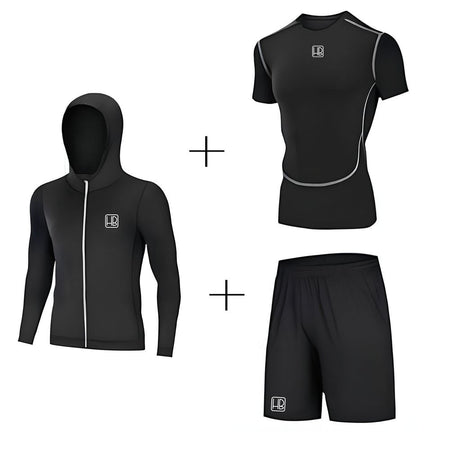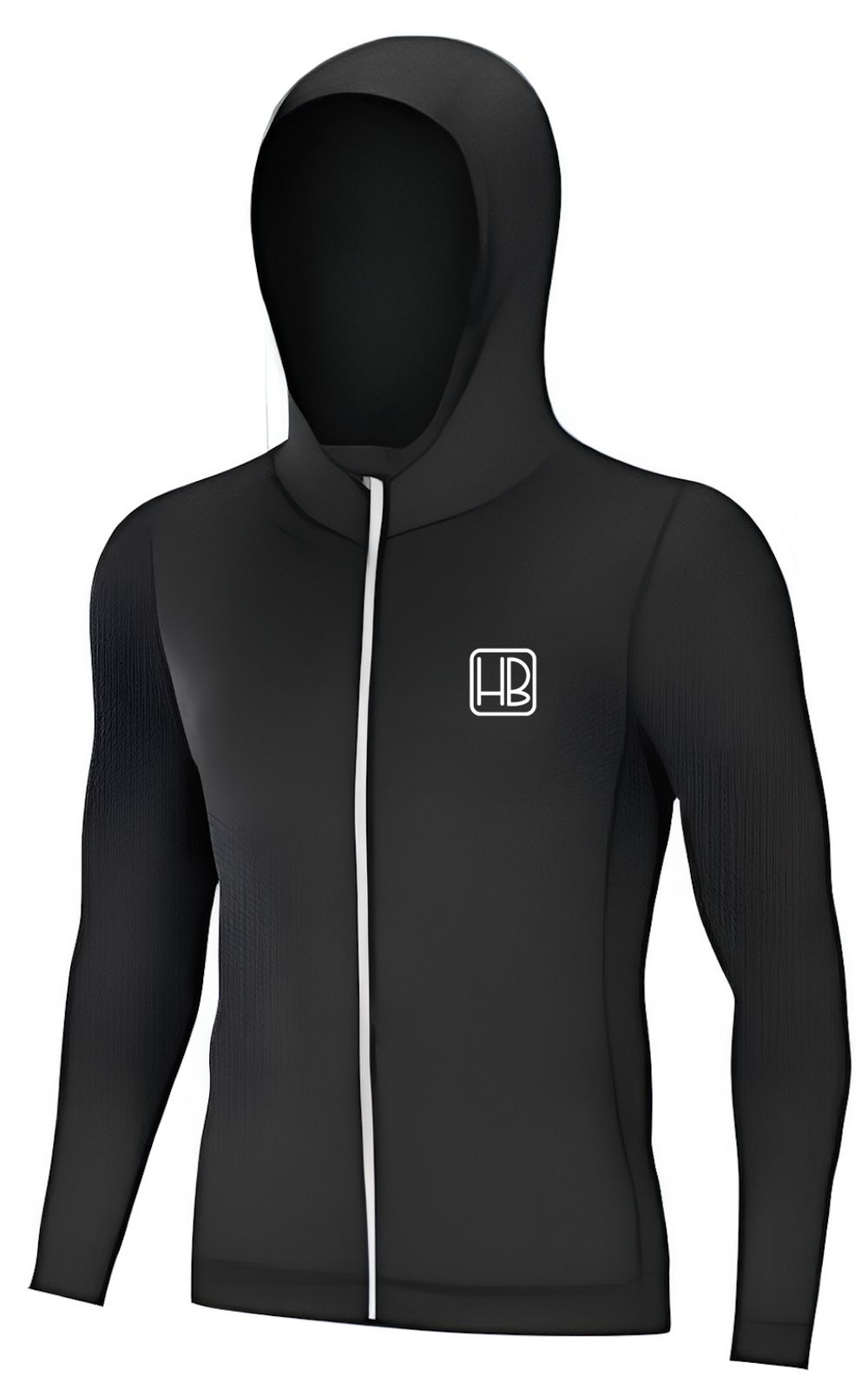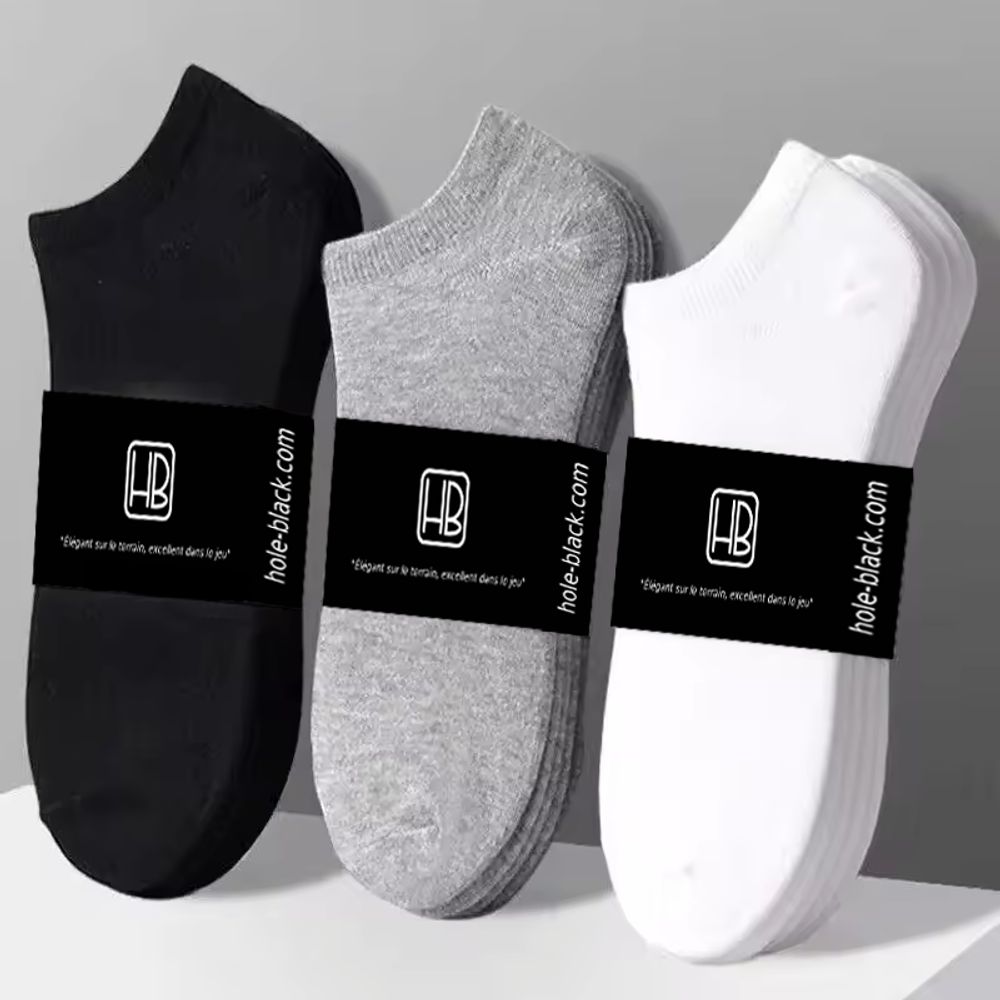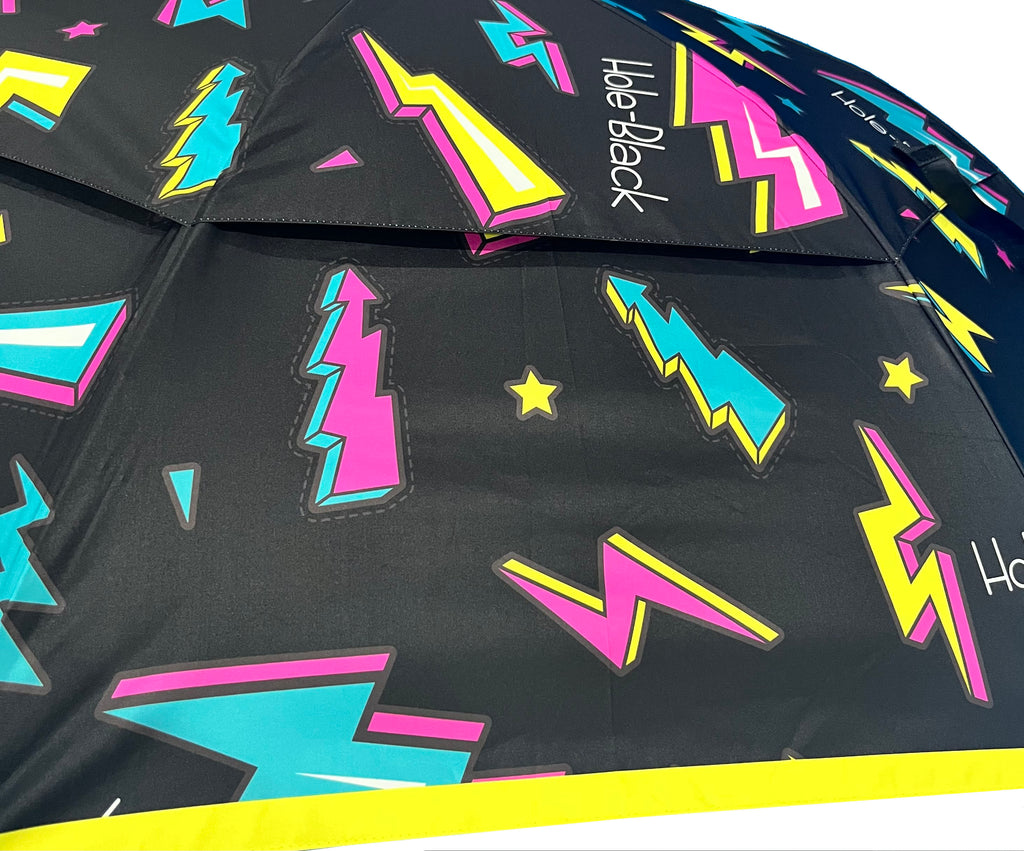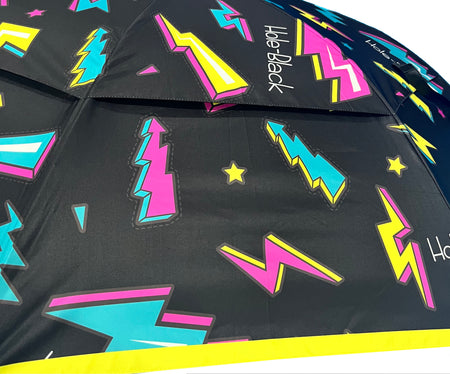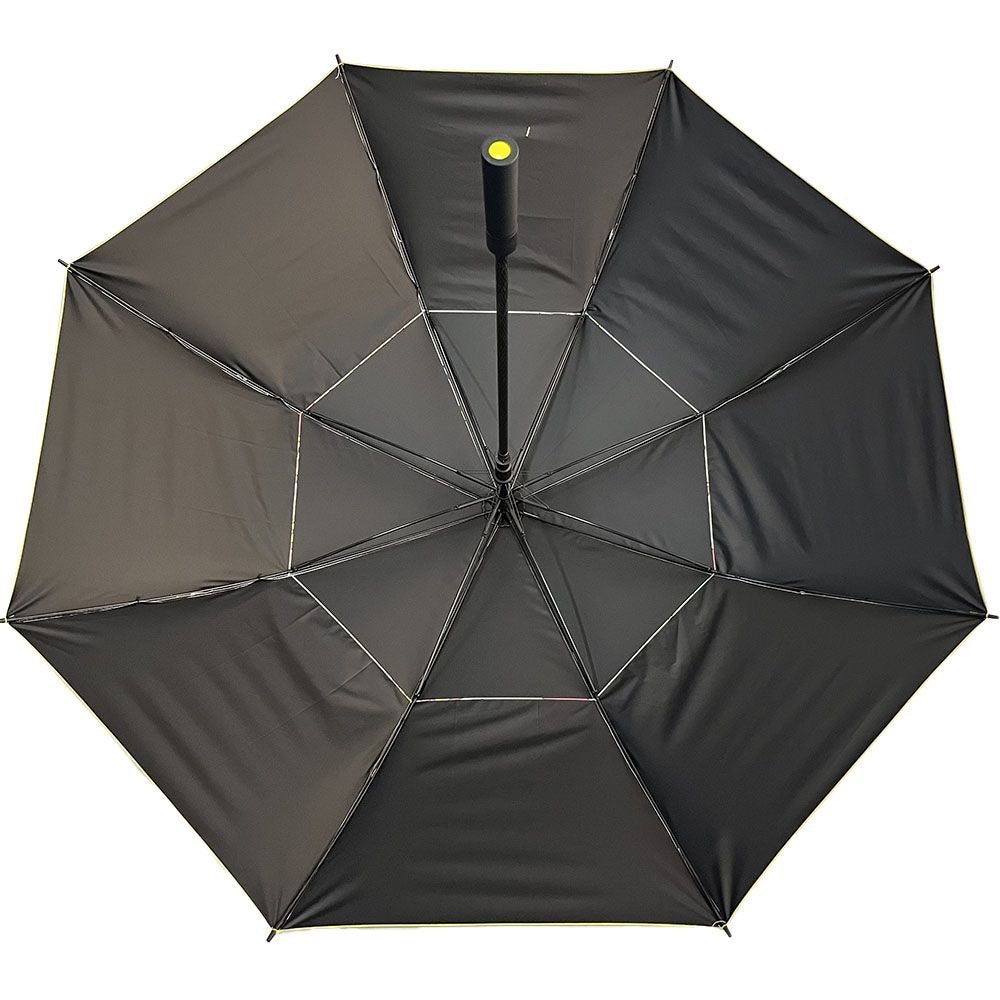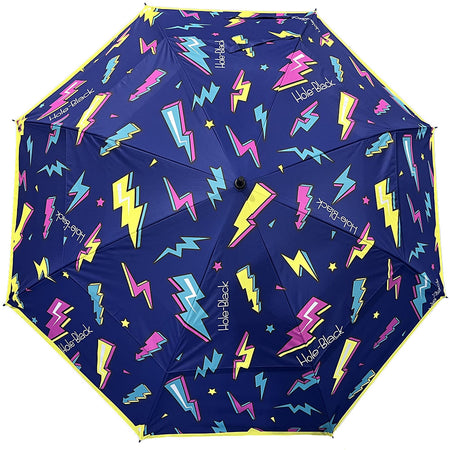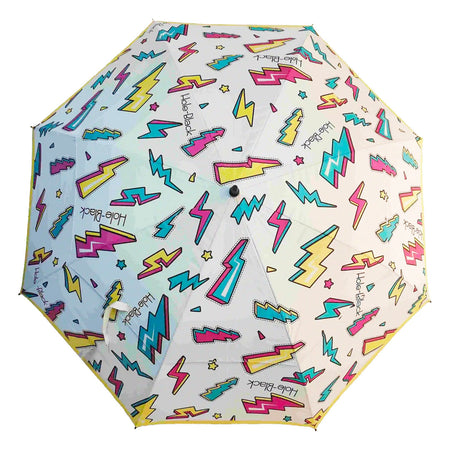4 min read
Wedges are essential clubs for successful approaches and bunker shots. But did you know that choosing the right bounce can make all the difference in your game? Here's a guide to understanding and choosing the right bounce for your playing style and the conditions you encounter on the course.
What is bounce?
Bounce is the angle between the sole of the wedge and the ground when the club is lying flat. Simply put, it defines how the sole of the wedge interacts with the ground or sand.
Bounce is determined by three main factors:
- The leading edge angle : the front part of the club.
- The thickness of the sole .
- The general curvature of the sole .
It is expressed in degrees and can be low, medium or high.
The different types of bounce
-
Low bounce (4° to 6°)
- Ideal for: Golfers with a smooth swing, a relatively shallow or flat angle of attack, or those suited to hard ground.
- Advantages: Offers great accuracy and allows for fine shots, especially for lob shots or poor lies.
- Caution: This bounce is less forgiving of mistakes and can dig into the ground if the angle of attack is too vertical.
-
Medium bounce (7° to 10°)
- Ideal for: 85% of golfers, as it adapts to a variety of swings and course conditions.
- Advantages: very versatile, this type of bounce works just as well in bunkers as on fairways.
- Tip: If you're an all-rounder, go for a medium bounce.
-
High bounce (10° to 14°)
- Ideal for: Golfers with a strong ball attack or who often play on soft terrain, such as wet courses or deep bunkers or those with a lot of sand.
- Benefits: Prevents the club from sinking too deep into the ground or sand, providing better forgiveness.
- Caution: May perform less well on hard surfaces or hard lees.
How to choose the right bounce for you?
-
Evaluate your playing style
- If you have a somewhat flat swing (low divot), a low or medium bounce will work better.
- If your swing is vertical (large divots), choose a high bounce to prevent the club from sinking too much.
-
Take into account the course conditions
- Hard fairways or tight lies: opt for a low bounce.
- Soft sand or soft fairways: choose a high bounce.
-
Think about versatility
If you only have one wedge for multiple situations, choose a model with a medium bounce. On the other hand, a composition with 50°/54°/58° remains what covers the most distance, you will then only have a 12/15m distance difference between each wedge. -
Test your wedges
There's no substitute for testing. Go to a driving range or fitting to feel the difference between bounces. Feel is a player's preference regarding the brand chosen.
Why choosing the bounce is crucial
An ill-adapted bounce can complicate your approaches, bunker exits, and even your confidence. Conversely, a well-chosen bounce will allow you to fully exploit your abilities and better respond to the challenges of different courses.
In summary
- Low bounce : precision on poor, firm, hard lees, etc.
- Medium bounce : versatility and adaptability.
- High bounce : tolerance on soft ground, bunkers with a lot of sand or very fine sand.
Take the time to identify your needs and test different wedges to find the ones that perfectly match your game. With the right bounce, your approaches will become more consistent and your scores lower!
